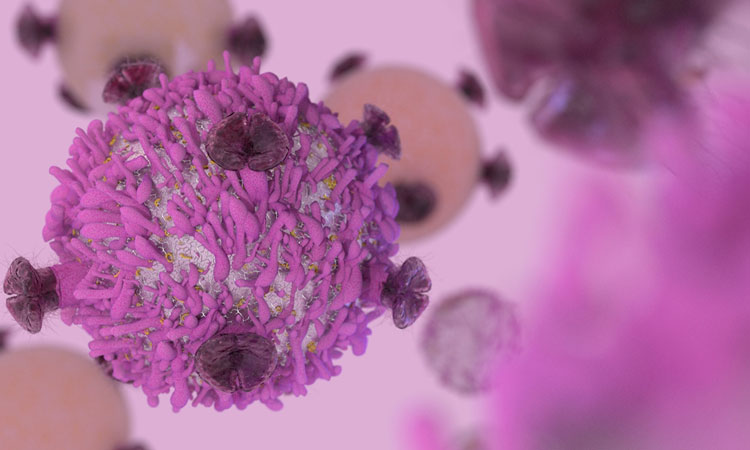Publication date: Available online 3 November 2018
Source: European Journal of Radiology
Author(s): Hokamp N. Große, V.C. Obmann, R. Kessner, KR Laukamp, T. Persigehl, S. Haneder, N. Ramaiya
Abstract
Objectives
The well-known boost of iodine associated-attenuation in low-keV virtual monoenergetic images (VMI_low) is frequently used to improve visualization of lesions and structures taking up contrast media. This study aimed to evaluate this concept in reverse. Hence to investigate if increased attenuation within the liver allows for improved visualization of little or not-enhancing lesions.
Methods
A 3D-printed phantom mimicking the shape of a human liver exhibiting a lesion in its center was designed and printed. Both, parenchyma- and lesion-mimic were filled with different solutions exhibiting 80/100/120HU and 0/15/40/60HU, respectively. Further, a total of 74 contrast-enhanced studies performed on a spectral detector CT scanner (SDCT) were included in this retrospective study. Patients had MRI or follow-up proven cysts and/or hypodense metastases. VMI of 40-200 keV as well as conventional images (CI) were reconstructed. ROI were placed in lesion and parenchyma(-mimics) on CI and transferred to VMI. Signal- and contrast-to-noise ratio were calculated (S-/CNR). Further, two radiologists independently evaluated image quality. Data was statistically assessed using ANOVA or Wilcoxon-test.
Results
In phantoms, S/CNR was significantly higher in VMI_low. The cyst-mimic in highly attenuating parenchyma-mimic on CI yielded a CNR of 6.4 ± 0.8; using VMI_40keV, mildly hypodense lesion-mimic in poorly attenuating parenchyma-mimic exhibited a similar CNR (5.8 ± 0.9; p ≤ 0.05). The same tendency was observed in patients (cyst in CI/metastasis in VMI_40keV: 4.4 ± 1.2/3.9 ± 1.8; p ≤ 0.05). Qualitative analysis indicated a benefit of VMI_40keV (p ≤ 0.05).
Conclusions
VMI_low from SDCT allow for an improved visualization of hypodense focal liver lesions exploiting the concept of contrast blooming in reverse.
from #Head and Neck by Sfakianakis via simeraentaxei on Inoreader https://ift.tt/2PEgQ9w

